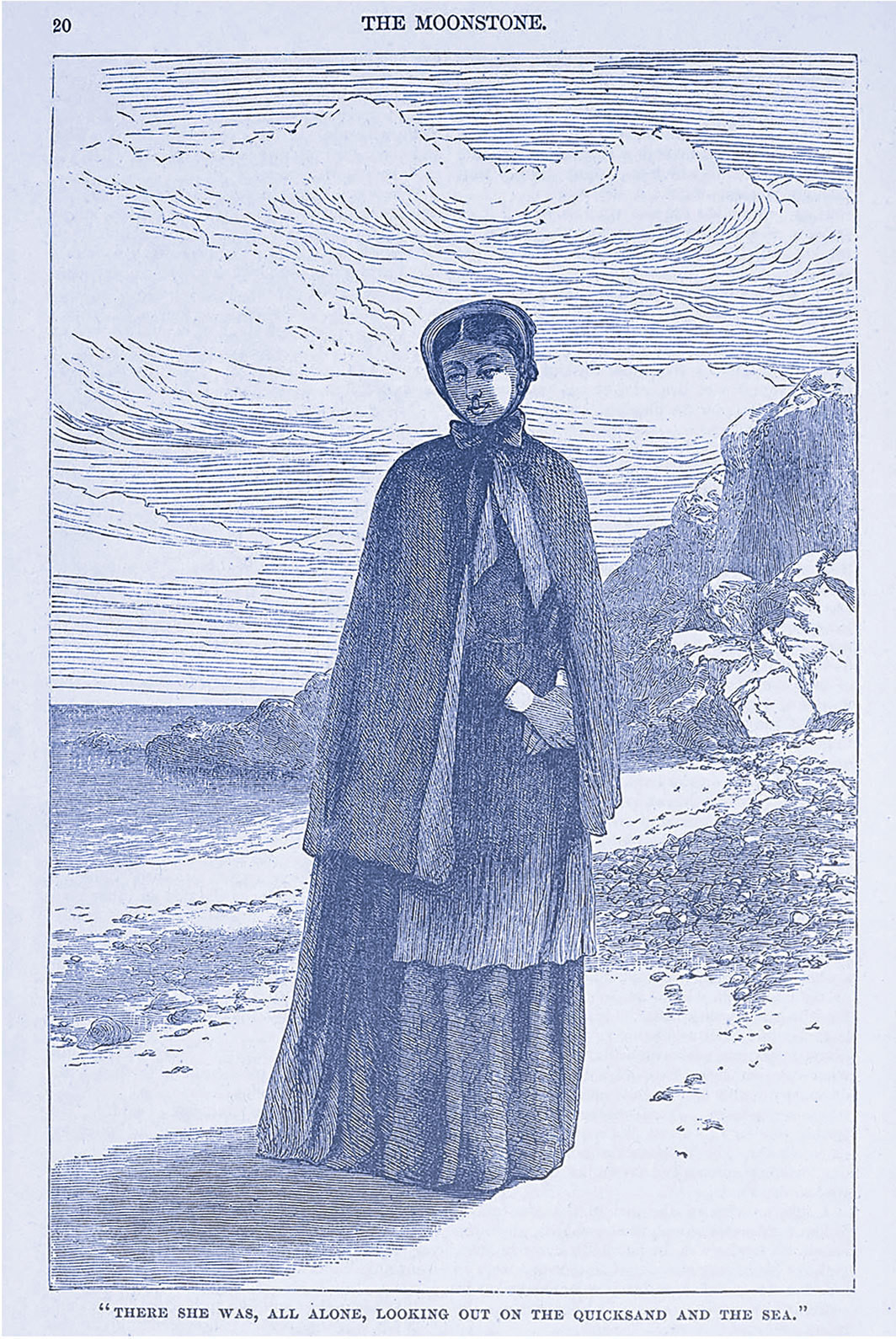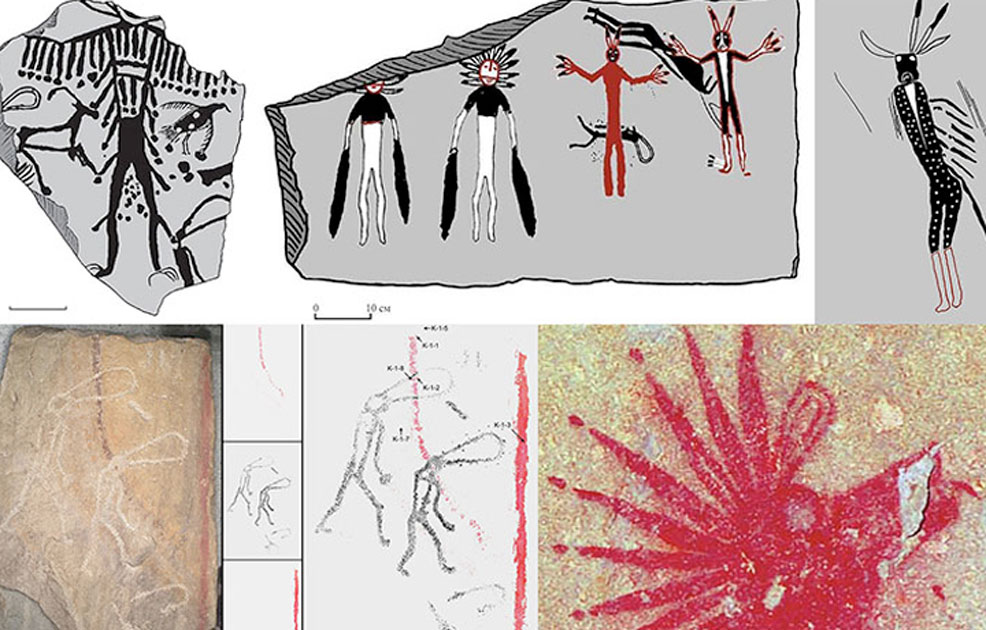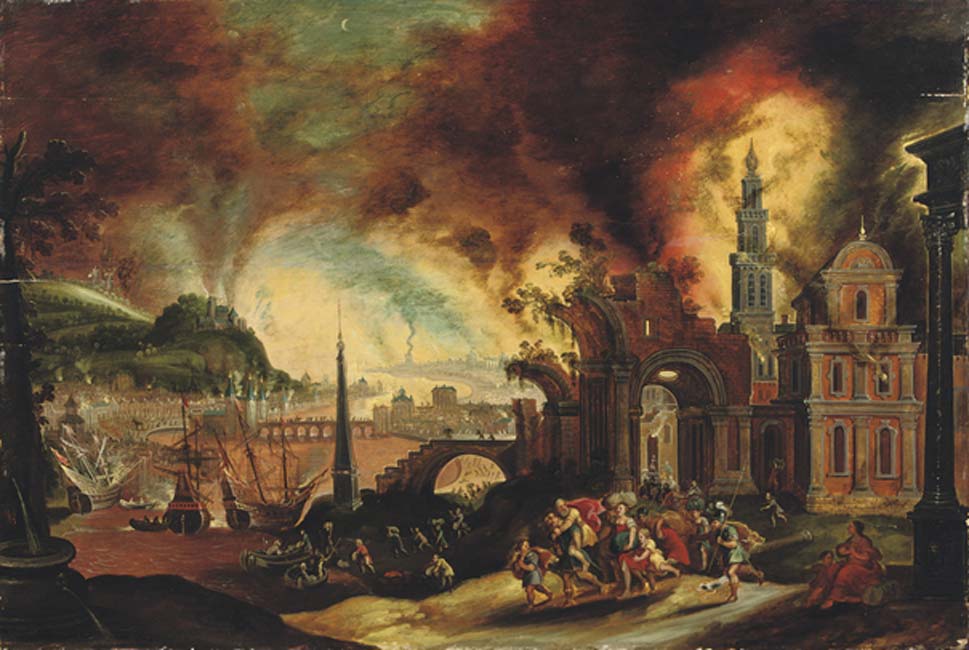via Killer Web Directory by Administrator
The folks at UK Feather Flags have created a blog post that provides high quality pictures of some of the most awesome flags from throughout human history.
Learn about these flags and see more @ UK Feather Flags.
via Ancient Origins by Ed Whelan

Ancient mosaic discovered in Kom-El-Dikka. Source: Ministry of Antiquities / Facebook.
In Egypt, archaeologists have found some important Roman ruins , in the historic city of Alexandria. They have also unearthed a masterpiece of Classical era art, a very rare mosaic. The artwork is helping experts to better understand the lifestyles and culture of the Roman-Egyptian elite.
The discovery was made by an Egyptian-Polish team. According to Ahram Online , the team included “archaeologists from the Polish Centre of Mediterranean Archaeology at the University of Warsaw”. They made the discoveries at the Kom El-Dikka archaeological site in the Egyptian port-city of Alexandria.
Continue reading
==============================
via Boing Boing by Mark Frauenfelder
This pair of Indian ring-neck parakeets have a lot to say to each other.
==============================
posted by Morgan Meis in 3 Quarks Daily: Jane Hu at Bookforum:

Illustration from Wilkie Collins’s The Moonstone, 1868.
Like Collins’s earlier The Woman in White, The Moonstone employs a range of sensational plot twists and is narrated by an array of competing voices that variously draw on the reader’s sympathies and scepticism. But where The Woman in White relied on the investigative chops of an art teacher to unravel its mystery, The Moonstone introduces, for the first time in the British novel, the figure of the police investigator: Sergeant Cuff, the character who would set the standard for the new genre of the detective story.
Archetypally whimsical and dandyish, Cuff sports a white cravat and a fondness for roses. “One of these days (please God) I shall retire from catching thieves,” he says early on, “and try my hand at growing roses.” Arriving on the scene of the crime, Cuff proceeds to meticulously reconstruct the diamond robbery. His search involves – what else – a close examination of everybody’s closets, “from her ladyship downwards.” No detail is too small to attract his attention, no aspect of domestic life too insignificant. Under the impersonal gaze of the detective, no one is beyond suspicion. At one point, Cuff even suspects Rachel of stealing the diamond – from herself. (She didn’t, but what a plot twist that would have been.)
Continue reading
==============================
via Interesting Literature
The Tempest is one of Shakespeare’s most enchanting and enchanted plays: a fantasy or ‘romance’ featuring a magician, the ‘monstrous’ offspring of a wicked witch, fairies, a lavish masque, drunken conspirators, young lovers, and much else. Before we say more about these individual elements (which demand separate blog posts at some later date), it might be worth offering a brief summary of The Tempest – one of Shakespeare’s shortest plays, and widely regarded as his ‘farewell to the theatre’.
Before we begin summarising the individual acts of The Tempest, it’s worth setting out a bit of back-story first. Twelve years before the events of the play itself, a nobleman named Antonio overthrew his own brother, Prospero, from his position as Duke of Milan, because Antonio saw Prospero was more interested in tinkering about with magic than actually governing the city. Prospero and his daughter Miranda (who wasn’t quite three years old when this happened) were exiled from Milan and went to live on an enchanted island which is the setting for the play. Alonso, the King of Naples, supported Antonio in his usurpation of Prospero, as did Alonso’s brother, Sebastian.
Continue reading
==============================
via Ancient Origins by The Siberian Times reporter

Amazing artwork was found on walls on a stone tomb in Siberia. Picture: Vladimir Kubarev/IAET SB RAS
Scientists have unlocked intriguing 5,000-year-old secrets of prehistoric illustrators behind the stunning artwork of Karakol. These magnificent paintings found in the Altai Mountains show ancient figures with round horns and feathers on their heads.
Some have been called celestial bodies and there are artful depictions of animals and birds.
The finds are from an ancient previously untouched burial in Karakol village in the Altai Republic.
They were uncovered in 1985 but are now yielding new and unexpected secrets.
Continue reading
==============================
A sober look at Charles Bukowski's alcoholism.
via Arts and Letters Daily: Jason Diamond in Poetry Foundation
Stepping into Cole’s, one of the oldest restaurant-bars in Los Angeles, and the self-professed inventor of the French Dip sandwich, feels like stepping back in time to 1908, when the saloon first opened. It’s dimly lit inside, there are old wood-paneled walls, and a long bar greets you upon entry. On a quiet afternoon, you eat your sandwich, maybe have a drink or two, and then chances are you’ll eventually hit the restroom. If you’re in the men’s room, you might notice a bronze plaque bolted to the wall near the stalls: “CHARLES BUKOWSKI PISSED HERE.” People love to take pictures of it. On Instagram, it’s nearly as popular as shots of the sandwich that made Cole’s famous. In 2019, Bukowski’s dissolute work and lifestyle – not to mention his well-documented womanising and racism – would create firestorms were he alive today. Why does he still appeal to so many people?
Continue reading
==============================
posted by S. Abbas Raza to 3 Quarks Daily: Fabienne Lang in Interesting Engineering:

Nerve cells geralt/Pixabay
Scientists at the Albert Einstein College of Medicine have put together the complete wiring diagram of the nervous system of an animal.
In the study, the researchers focused on the roundworm called Caenorhabditis elegans or C. elegans’s brains, and have discovered a few differences between the male and female of the species.
By putting together the map of the nervous system, the research assists in understanding nerve connections (thus where the term “connectomics” stems from) which are responsible for different human and animal behaviors.
Continue reading
==============================
via Interesting Literature
In this special guest post, Dr Peter Templeton discusses a curious nineteenth-century American novel by a forgotten author
Imagine a world in which the South seceded, successfully, from the United States. Virginia, caught in two minds as a border state, is occupied by Federal troops who get caught into a guerrilla war with a band of noble would-be Confederates? This version of history, though it looks like a nightmare to most contemporary eyes, is exactly what Nathaniel Beverley Tucker asks us to picture in his 1836 novel, The Partisan Leader.
One thing needs to be stated upfront – this novel is no masterpiece. It was never actually completed, either because the author or audience didn’t care enough to make finishing it worthwhile, and the only good reviews for the book seem to have come from close political allies, itself an unsurprising fact in the incredibly political world of American literature during this part of the Nineteenth Century. But despite the fact that it probably fails to ever become a page turner or artefact of high art, this novel remains interesting for people interested in the mind of the Nineteenth Century South to this day.
Continue reading
==============================
via Ancient Origins by Bernard Jones

Aeneas carrying his father Anchises from the burning city of Troy’ (1627-1664) by Daniel van Heil.
Details in the Iliad cast doubt on the generally accepted location of Troy. Source: Public Domain
Historian Bernard Jones has spent more than three decades researching the ‘Story of Troy’ and he maintains that Homer’s Iliad is the greatest reference work on the Bronze Age world. Homer describes with great accuracy an infinite number of matters relating to the natural world and the environment of the Greeks and Trojans. He gives flawless accounts of the oceans and the climate, the landscapes, the people and cultures. Bernard says that there is a wealth of evidence in the Iliad to be used in investigating the story of Troy. What Homer tells us however, casts doubt on the opinion that Bronze Age Troy was in the Aegean.
Continue reading
No comments:
Post a Comment